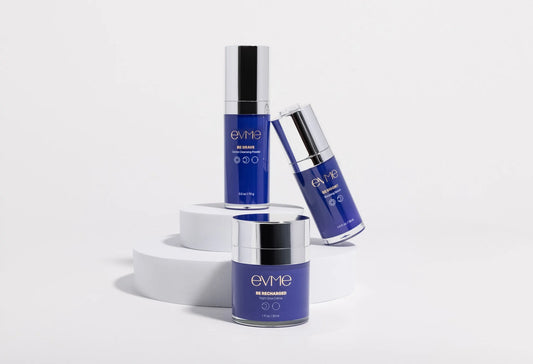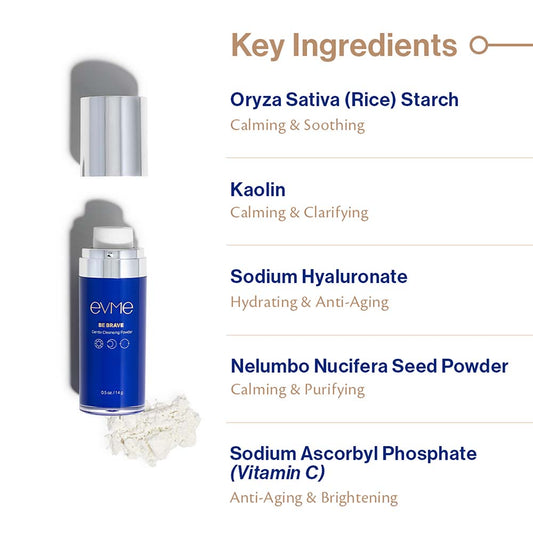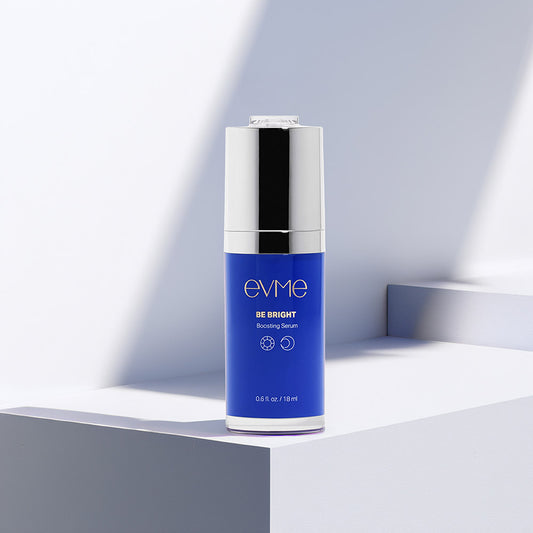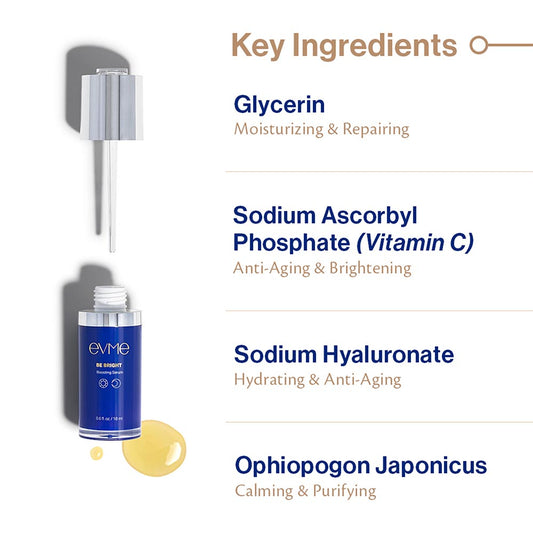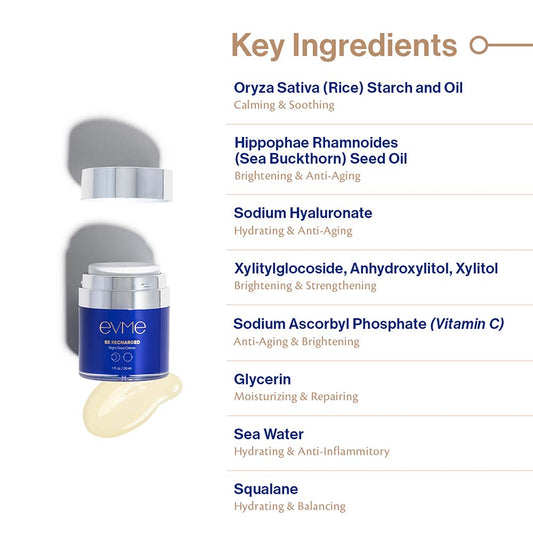Try Evme, allergist-created luxe skincare for sensitive and allergic skin.
Shop All ProductsIs your Job Secretly Irritating your Skin? Top Causes of Contact Dermatitis by Occupation
April 02, 2025

Back To Articles
Contact dermatitis is one of the most common skin conditions caused by exposure to irritants or allergens. It can be especially prevalent in the workplace, where repeated exposure to specific substances is often unavoidable. Depending on the industry, certain workers face a significantly higher risk of developing occupational contact dermatitis (OCD). The more frequently you're exposed to a contact allergen, the greater your risk of developing contact dermatitis to that specific substance.
Understanding the top causes of OCD by occupation can help you take preventive measures to reduce the risk of this irritating and sometimes debilitating condition.
High-Risk Occupations for Contact Dermatitis
1. Food Service & Food Processing (Cooks and Caterers)
Common culprits:
- Wet work (frequent handwashing)
- Detergents and disinfectants
- Rubber accelerators in gloves (thiurams, carbamates, mercaptobenzothiazole)
- Nickel
- Fragrances
Why it matters: Constant handwashing and contact with cleaning chemicals make kitchen staff especially vulnerable.
2. Cosmetology (Beauticians & Hairdressers)
Common allergens:
- Hair dyes like PPD and PTD (or PTDS the Contact Allergen of the Year in 2025!)
- Fragrances and preservatives in beauty products
- Rubber chemicals in gloves
Why it matters: Frequent contact with chemicals like those in hair dye and beauty products puts stylists at high risk, particularly for hand and face dermatitis.
3. Healthcare Workers
Common irritants and allergens:
- Latex gloves and rubber accelerators
- Disinfectants like formaldehyde and glutaraldehyde
- Benzalkonium chloride (found in hand sanitizers) or thimerosal
- Dental workers: metals, epoxies, resins, and acrylates.
Why it matters: Daily exposure to protective equipment and sanitizers creates a double risk—both allergic and irritant contact dermatitis.
4. Agriculture, Forestry & Fishing
Common triggers:
- Pesticides and fungicides
- Rubber gloves
- Plant-based allergens like poison ivy/oak
Why it matters: Working outdoors means frequent exposure to both natural and synthetic irritants and allergens.
5. Cleaning Industry
Frequent exposures:
- Harsh detergents and solvents
- Disinfectants with formaldehyde or quaternary ammonium compounds
- Rubber components in protective gear
Why it matters: Repeated chemical contact and limited skin protection elevate risk.
6. Painting & Construction Trades
Primary allergens:
- Epoxy resins, acrylics, and adhesives
- Chromate in cement
- Wood preservatives and rubber additives
Why it matters: These substances are known sensitizers, and dermal exposure is common during handling and mixing.
7. Mechanics, Metalworkers & Vehicle Assemblers
Key triggers:
- Metal allergens (nickel, cobalt, chromium)
- Petroleum-based products
- Coolants and cutting oils
Why it matters: Workers come into direct contact with metals and oils that can cause persistent dermatitis.
8. Electronics Manufacturing
Risk factors:
- Epoxy and acrylic resins
- Metals and flame retardants
Why it matters: Handling circuit boards and small parts requires contact with various materials known to provoke allergic responses.
9. Printing & Lithography
Frequent allergens:
- Inks, dyes, and solvents
Why it matters: Repeated hand exposure and inadequate barrier protection can result in chronic dermatitis.
10. Office and Technology Workers
Even desk jobs aren't risk-free. Common computer-related allergens include:
- Nickel & cobalt: Found in laptops, USB drives, and wrist rests
- Rubber accelerators: Present in mouse pads and headphone cushions
- Acrylates: Used in coatings and adhesives for electronics
- Cleaning agents: Isothiazolinones and alcohol-based wipes may irritate the skin
- Synthetic fabrics: Chair armrests and desk pads may contain formaldehyde or resin allergens
Why it matters: Prolonged contact with allergens on keyboards or wrist rests can lead to allergic reactions—especially in those with sensitive skin.
Prevention Tips for All Workers
Regardless of your job, there are smart strategies you can use to reduce the risk of contact dermatitis:
- Use protective gloves: Nitrile gloves are a safer alternative for those with latex sensitivities. Occasionally, there is a need for double gloving or using vinyl gloves, depending on the allergen.
- Minimize wet work: Use tools when possible and dry hands thoroughly after washing.
- Choose products with less reactive ingredients: Whether it's skincare or cleaning agents, opt for fragrance-free and be mindful of which preservatives are in your products.
- Keep equipment clean but safe: Use gentle, allergen-free wipes on keyboards and tools.
- Monitor your skin: Early signs like redness, itching, or dryness may signal the beginning of dermatitis.
Final Thoughts
Contact dermatitis can seriously get in the way—especially when it makes your job uncomfortable. Knowing your risk based on your work environment, and taking simple steps to protect your skin, can make a big difference in preventing long-term issues.
If you’re dealing with symptoms and work in a field with high exposure, it’s worth getting patch tested. That way, you can pinpoint specific allergens and create a prevention plan that actually works for you.
Recommended articles
close
Evme Sans-Allergenic Skincare Products
- Choosing a selection results in a full page refresh.





